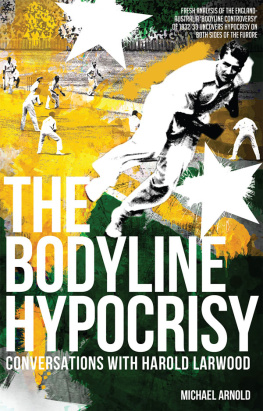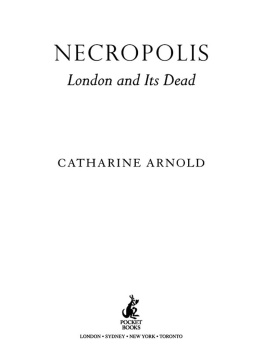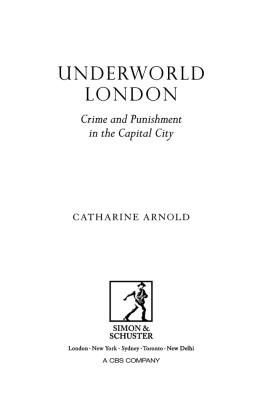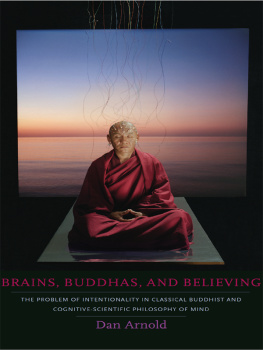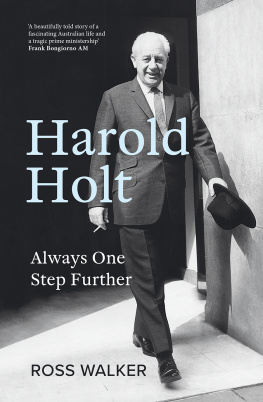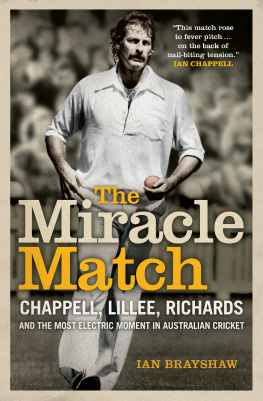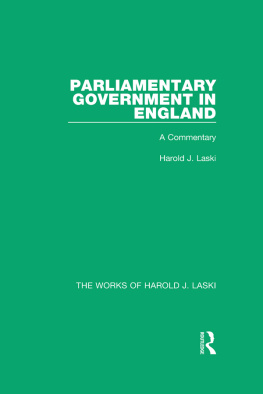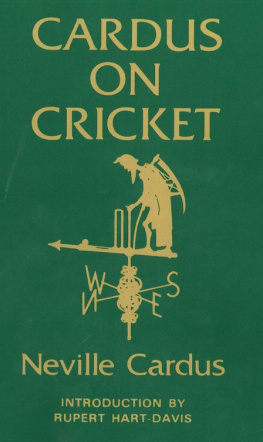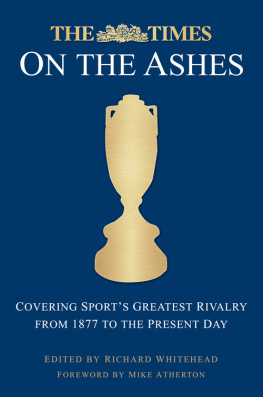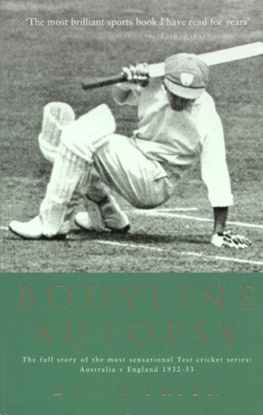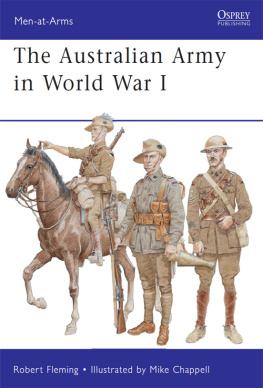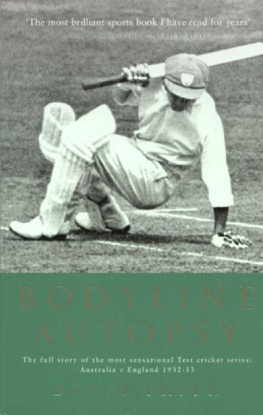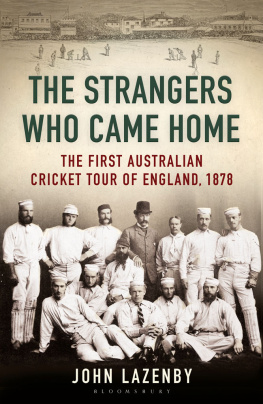First published by Know the Score, 2008
Second edition, published by Pitch Publishing, 2013
Pitch Publishing
A2 Yeoman Gate
Yeoman Way
Durrington
BN13 3QZ
www.pitchpublishing.co.uk
Michael Arnold, 2013
All rights reserved under International and Pan-American Copyright Conventions. By payment of the required fees, you have been granted the non-exclusive, non-transferable right to access and read the text of this e-book on-screen. No part of this text may be reproduced, transmitted, downloaded, decompiled, reverse-engineered, or stored in or introduced into any information storage and retrieval system, in any form or by any means, whether electronic or mechanical, now known or hereinafter invented, without the express written permission of the Publisher.
A CIP catalogue record is available for this book from the British Library
ISBN 978-1-90917-845-8
eBook ISBN 978-1-909178-90-8
Cover design by Olner Design.
Typesetting and origination by Graham Hales.
eBook conversion by eBookPartnership.com
Contents
Acknowledgements
A TTEMPTING A task such as this for the very first time is something of a daunting prospect. You quickly realise that irrespective of your personal knowledge of facts, history and personalities, putting all this down on paper in a fair and coherent manner is not as easy as it may first appear to be.
In the early days I contacted David Frith as a well-known author of numerous cricket books and in particular because of his book The Bodyline Autopsy. I am grateful to him for having taken the time to briefly correspond with me, a mere tyro, in an area where he is a recognised figure. However I think he would concede that he became very cautious when I mentioned Harolds admiration of Douglas Jardine; it was almost as though he felt he was writing to some sort of heretic.
I am also grateful to Christopher Douglas, author of Douglas Jardine Spartan Cricketer for sharing with me his views on certain issues. Im sure Im not in breach of any confidence when I say that in writing his book he too had encountered what appeared to be an entrenched reluctance to concede the possibility that Jardine had been misrepresented. It seems it was important to maintain the received view as though some convention was at stake.
When the book was in fairly basic format I was encouraged by the enthusiasm of my brother, Christopher; he thought it had great potential. Chris, who now lives in England, had earlier lived here for many years. Like me he is a cricket enthusiast and was familiar with the cultural background of this country that had coloured much of the events and reactions. He knew what I was writing about.
To cricket writer Stephen Chalke, my thanks for his help and suggestions regarding text emphasis and style. Also my very special thanks to John Young and his colleagues at the Hampshire Cricket Society and the Southampton Hospital Broadcasting Unit for their proof readings, encouragement and suggestions; their contributions have been invaluable in particular the comment that the book was long overdue.
To Doctor Richard Janus of Sydney, my thanks for his diagnosis as to the likely sickness that caused Stan McCabe to lose form so badly. This is important because this is an angle that does not appear to have been examined before.
I should also acknowledge the information, reports and opinions provided by the ninety or so authors of the books to which I have referred; they are detailed in the bibliography. Many of them are no longer with us but without them this work would have been impossible.
To my wife Kathy, my gratitude for her patient assistance in editing, and placing my thoughts in a more coherent order in many areas.
Lastly, but mostly, my huge gratitude to the late Harold Larwood gratitude for all those fascinating chats and his thoughts on so many intriguing issues. Thank you Harold, for had it not been for you, not one word of this would ever have been written.
Michael Arnold
Sydney
January 2013
Introduction
T EST MATCHES between Australia and England commenced in 1876/77 and had become a contest for the Ashes after the 1882/83 series. By the time Jardines side landed at Freemantle in 1932, there had been 97 Test matches between the two countries and, although keenly fought, they had, for the most part, been played in a spirit of sportsmanship.
The Ashes as a cricket trophy owes its origin to a mock obituary that lamented the death of English cricket and appeared in The Sporting Times in 1882 after Australia had beaten a full-strength England team for the first time in England, at the Oval. The obituary added that the body will be cremated and the ashes taken to Australia. The following winter in Australia an English team reversed the result and certain ladies burned a stump, sealed the ashes in a small urn, and presented the urn to the England captain, who subsequently bequeathed the urn to Marylebone Cricket Club. The trophy is permanently kept at Lords and the fight for possession of this tiny urn has been keenly fought for over many years by England and Australia.
In 1928/29 Australia had discovered Don Bradman, a young batsman of quite remarkable ability, who was to assemble some enormous scores and who literally off his own bat was largely responsible for the Australian victory in the 1930 series, and Australia were confident he would repeat that performance in the 1932/33 matches. There seemed to be no reason why he should not after all, if he could mount such huge scores in England, what was he going to produce on his own home soil?
Englands leg-theory style of fast bowling made it difficult for a batsman to attempt to score runs without risking losing his wicket, and it was particularly effective when bowled by the extreme speed and consistent accuracy of the unique Harold Larwood. It was believed that this style of bowling attack would be particularly effective in preventing Bradman from mounting any of his dominating innings and the theory was proved when his highest score of the series, in the second Test at Melbourne, was only 103 runs scored on an unusually slow pitch.
Four of the five Test matches were won by England and one by Australia but as they were about to lose the third Test, the Australians complained bitterly and publicly to MCC about the leg-theory tactics used by England for which the Australian press had concocted the expression bodyline. Interestingly, although the leg-theory style of bowling attack had been used by England in the first two Tests, England winning the first and Australia the second, hardly a word had been said by either the Australian players or the Australian media at that time.
Previous authors have mentioned the Great Depression and the demands being made by the Bank of England as factors in the Australian reaction at the time, and those are certainly likely issues. During the 1920s, there was considerable immigration from the United Kingdom to Australia and it is probable that this influx of migrants could have contributed to the perception that Australian jobs were being taken by the new arrivals. Another important factor was the 1929 Wall Street Crash, and this coupled with the rapidly falling demand for Australian exports and commodities, saw a massive downward pressure on workers wages. It is interesting to note that although the debt commitments of both the Federal and State Governments during this time remained the same, the stagnant economy resulted in greatly reduced tax revenues so the very real prospect of Australia defaulting on its foreign debt was of great concern to the Federal and State Governments. Another issue for Australians was that practically all of the debt was owed to the Bank of England.

